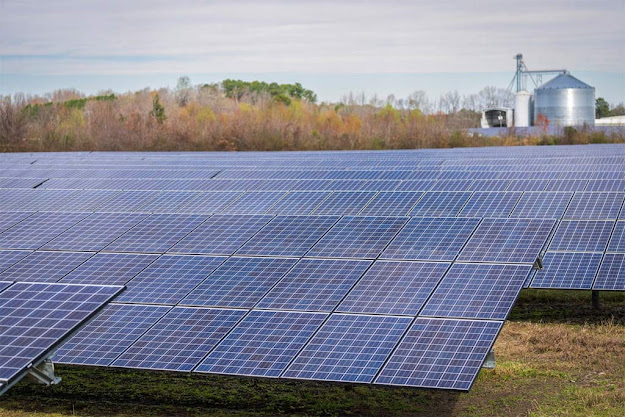Top 5 Berries to Grow in Backyard Garden
Growing berries in your backyard garden is not only a rewarding hobby but also a way to enjoy fresh, organic produce right at your doorstep. Berries are packed with vitamins, antioxidants, and flavor, making them a perfect addition to any garden.
Here’s a comprehensive guide to the top 5 berries to grow in your backyard, along with tips on how to cultivate each one successfully.
1. Strawberries
Strawberries are a favorite among gardeners due to their fast growth and sweet, juicy fruits. They thrive in well-drained, loamy soil with plenty of organic matter. Strawberries prefer a sunny spot but can tolerate partial shade. Plant them in early spring, spacing the plants about 18 inches apart. Use mulch to keep the soil moist, deter weeds, and protect the fruits from direct soil contact, which can lead to rot. Strawberries are perennial and will produce fruit for several years, with some varieties offering multiple harvests in a season. Regular watering and fertilization with a balanced fertilizer will ensure a bountiful harvest.
2. Blueberries
Blueberries require a bit more patience and specific soil conditions to thrive but are well worth the effort. They need acidic soil (pH 4.5 to 5.5), well-draining soil rich in organic matter. Plant them in a sunny location, although they can also tolerate partial shade. It's crucial to keep the soil consistently moist, especially in the first few years as the plants establish themselves. Mulching with pine needles or sawdust can help maintain soil moisture and acidity. Blueberries are typically ready to harvest from late July to early August. Pruning is essential in late winter to remove dead branches and encourage healthy growth.
3. Raspberries
Raspberries come in two main types: summer-bearing, which produce fruit in early summer, and ever-bearing or fall-bearing, which can produce fruit in summer and then again in fall. They prefer well-drained, fertile soil and a sunny location, although they can also grow in partial shade. Plant them in rows, spacing canes about 18 inches apart with 6 feet between rows. Raspberries need support as they grow, so consider installing a trellis system. Keep the soil moist and mulch to suppress weeds. Prune the canes that bore fruit immediately after harvesting to encourage new growth.
4. Blackberries
Blackberries are similar to raspberries in their care and cultivation but tend to be more forgiving and less susceptible to diseases. They prefer rich, well-drained soil and a sunny spot in your garden. Like raspberries, they also require support as their canes can grow quite long. Plant them in the early spring, spacing them about 3 to 4 feet apart. Mulching helps retain soil moisture and control weeds. Prune annually, removing the canes that have already fruited to make room for new growth. Blackberries are hardy and, once established, can produce fruit for many years with minimal care.
5. Currants
Currants, both red and black, are known for their tart flavor, making them excellent for jams, jellies, and baking. They thrive in cooler climates and can produce well even in partial shade, making them versatile for different garden settings. Plant currants in well-drained, compost-enriched soil. Space them about 4 to 5 feet apart to allow for mature growth. Currants require consistent moisture, especially during fruit development. Pruning is essential for currants to ensure sunlight and air circulation, which helps produce a higher yield. Harvest the berries when they are firm and fully colored.
Final Thoughts
Growing berries in your backyard garden can be a delightful experience that yields delicious rewards. Each type of berry comes with its own set of requirements for care and cultivation, but the basic principles of providing well-drained soil, sufficient sunlight, and proper watering apply to all. With patience and care, you can enjoy a bountiful harvest of fresh berries to share with family and friends, right from your own garden.



